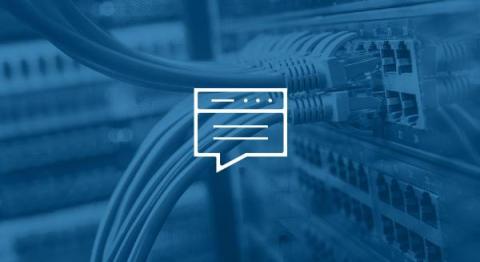Doomed Keys and Hidden Threats: The Scariest Secrets in Your Repositories
At GitGuardian we see things that no one should ever see. We detect and collect leaked secrets that are so hideous we could lose our sanity. Let us introduce you to some of the most terrifying leaks we saw this year. If you dare.











